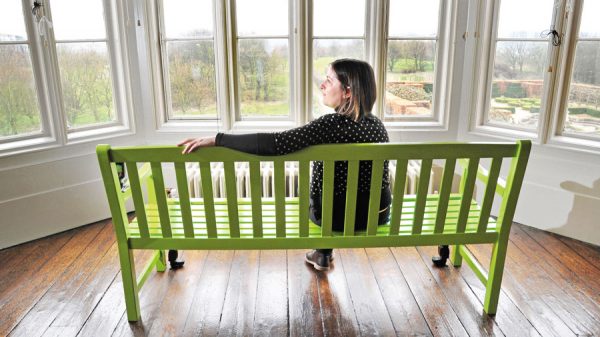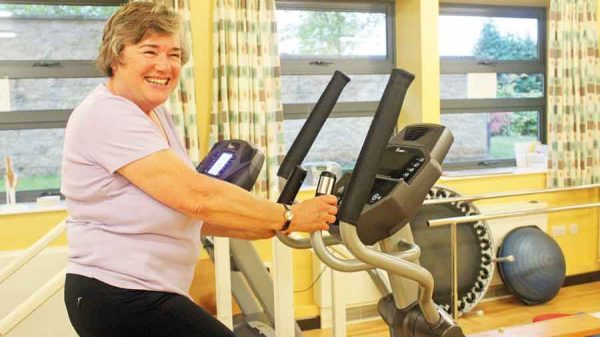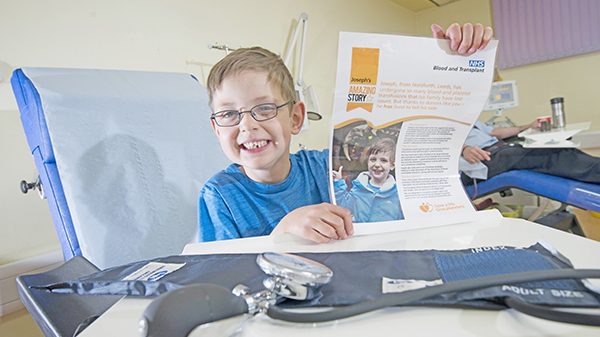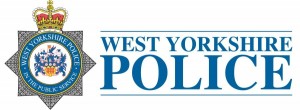West Yorkshire Fire and Rescue Service (WYFRS) is joining forces with the Chief Fire Officers’ Association to promote water safety after it was revealed the county has one of the highest rates of drownings in England. West Yorkshire are number 9 in the top 10 regions across England for drownings – yet barring London we are the only land-locked county to be listed.In response to the statistics that showed there had been 33 water related fatalities in West Yorkshire between 2010 and 2013, the emergency services took to the River Aire in the city centre recently to carry out a training exercise. The training exercise also coincided with Drowning Prevention and Water Safety Week 2016.
WYFRS hopes people will wise-up to the risks and ‘Be Water Aware’. Their partners at Yorkshire Water are also helping to spread the message at local level in a bid to prevent people getting stricken in the 115 reservoirs they manage.
Ian Bitcon, WYFRS Area Manager for Fire Safety, said: “We are concerned by the statistics as there have been a number of fatalities in waterways across West Yorkshire recently.
“We want the public to be conscious of the risks, especially as the better weather begins.
“Quite often people who die in water-related incidents had no intention of entering the water. This could be dog walkers, people fishing, joggers and people on their way home from a night out who quite simply slip and fall into the water.
“Canals in particular have high sides and once in the water it may be extremely difficult to escape. The water will gradually sap your strength and leave you helpless.”
In the last five years (2011-2016) WYFRS crews have rescued 189 people from water across West Yorkshire – in 44 cases people have been injured. During the same period, there were eight fatalities in incidents attended by WYFRS crews where a casualty had accidentally become stricken in water. Alastair Harvey, Recreation Advisor at Yorkshire Water, said: “Reservoirs may look tempting to take a swim in but they can be killers.
“As the warmer weather approaches, we urge people, particular the younger generation, to pay attention to our ‘cold water kills’ safety signs and under no circumstances enter the water.
“The water in reservoirs is below 12°C all year round and exposure to this cold water can lead to shock, hyperventilation, increased blood pressure, breathing difficulties and heart attacks. We want people to come to these scenic spots and enjoy themselves without risking their lives, or those of others, by entering the water.”
The national picture shows that drowning in the UK is amongst the leading causes of accidental death.
In 2014, 302 people across the UK accidently drowned – 44% of these people were taking part in everyday activities such as walking or running near water.
What To Do If Someone Falls Into Deep Water
The first thing to do is call for help – straightaway. Call 999, ask for fire service and ambulance. The emergency services will need to know where you are. Accurate information can save precious minutes. Look around for any landmarks or signs – for example bridges will often have numbers on them which can identify their location. When you have made this call shout for help from anyone who might be close by.
Never ever enter the water to try and save someone. This usually ends up adding to the problem. If you go into the water you are likely to suffer from cold water shock which will leave you unable to help even if you are a strong swimmer. Can the person help themselves? Shout to them ‘Swim to me’. The water can be disorientating so this can give them a focus. Look around for any lifesaving equipment. There might be lifebelts or throw bags – use them. You could attempt to reach out to them. Lie on the ground so your entire body is safely on the edge and reach out with your arm. Don’t stand up or lean over the water– you may get pulled in.
Be mindful that if the water is cold the person may struggle to grasp an object or hold on when being pulled in. If you manage to get the person out of the water they will always need medical attention. If the person is unconscious, you will need to check they are breathing. If they are not breathing, they need 5 rescue breathes and then CPR (30 Chest compressions followed by 2 rescue breathes). Continue until help arrives. If the person is unconscious but breathing put them in the recovery position with their head lower than their body. If they are conscious try and keep them warm.







